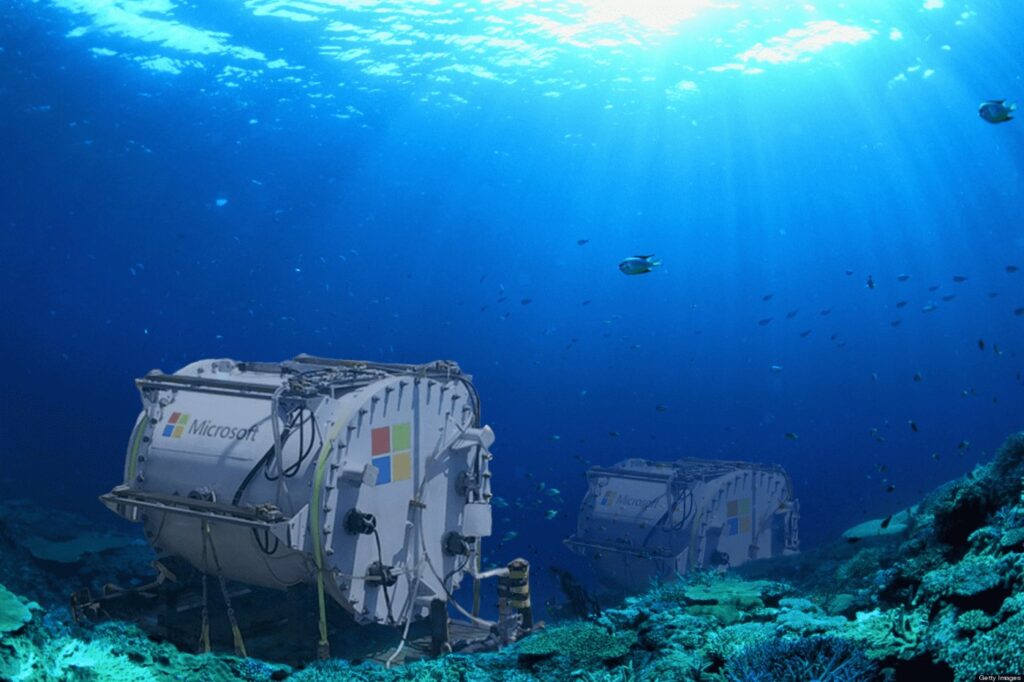Global warming is an increasingly debated topic. Increasingly frequent and destructive forest fires, desertification, land consumption, reduced availability of water resources are just some of the tangible effects of climate change. Yet, finally, the scientific community is less and less alone.
Citizens, religious communities, politicians and companies also emphasize the harmful consequences of climate change. How can we forget those rivers of teenagers, sensitized by the Swedish activist Greta Thunberg, of the Global Strike for Future who colored every corner of the planet with their polite and aware protests?
“Everything possible must be done to limit the rise in the global average temperature below the threshold of 1.5 degrees Celsius, as enshrined in the Paris Climate Agreement: going beyond that will provecatastrophic, especially for thepoorest communities around the world.” These, instead, are the words of Pope Francis for the World Day of Prayer for the Care of Creation.
European policy, compared to the rest of the world, seems to be heading in the right direction. Ursula von del Leyen, the President of the Commission, during her State of the Union address to members of the European Parliament reiterated her desire to reduce greenhouse gas emissions by 55% by 2030 and channel 37% of the funds derived from the Next Generation EU to be spent to achieve climate goals in line with the European Green Deal.

The world of production is also trying to respond to the climate crisis. This is the case of Microsoft, one of the world’s hi-tech giants, which has launched a project that only a few years ago would have been a science fiction movie: building data centers at the bottom of the sea powered by 100% wind and solar energy.
The project is particularly ambitious but above all eco-friendly. Its name is
Project Natick
and it consists of depositing 864 servers at a depth of 35 meters off the Scottish Orkney islands in a capsule-container, built by the Naval Group company in collaboration with engineers and technicians of the navy specialized in renewable energy, filled with nitrogen, considered less corrosive than oxygen.
Well, the news that quickly went around the world was that the data center was pulled out of the cold waters of the North Seas and, apart from the algae and anemones deposited on the walls of the container, the project turned out to be a success. For two years, the data centers have been at the bottom of the sea, and apart from a few problems and a failure of some components, the analysis conducted by the technicians showed that the servers of the subsea data center are eight times more reliable than that of the infrastructure on land.
What Microsoft engineers have found is that the benefits are substantial. Starting with cooling systems which, in this case, are not necessary with a double benefit: economic and environmental. One of the most expensive management items, in fact, is represented by cooling and in this case it has been eliminated by the low temperature of the water on the seabed.
This news represents an important step forward because Microsoft, as well as many other companies operating worldwide, has begun a remarkable journey towards sustainability and the search for concrete solutions: zero carbon emissions by 2030.

